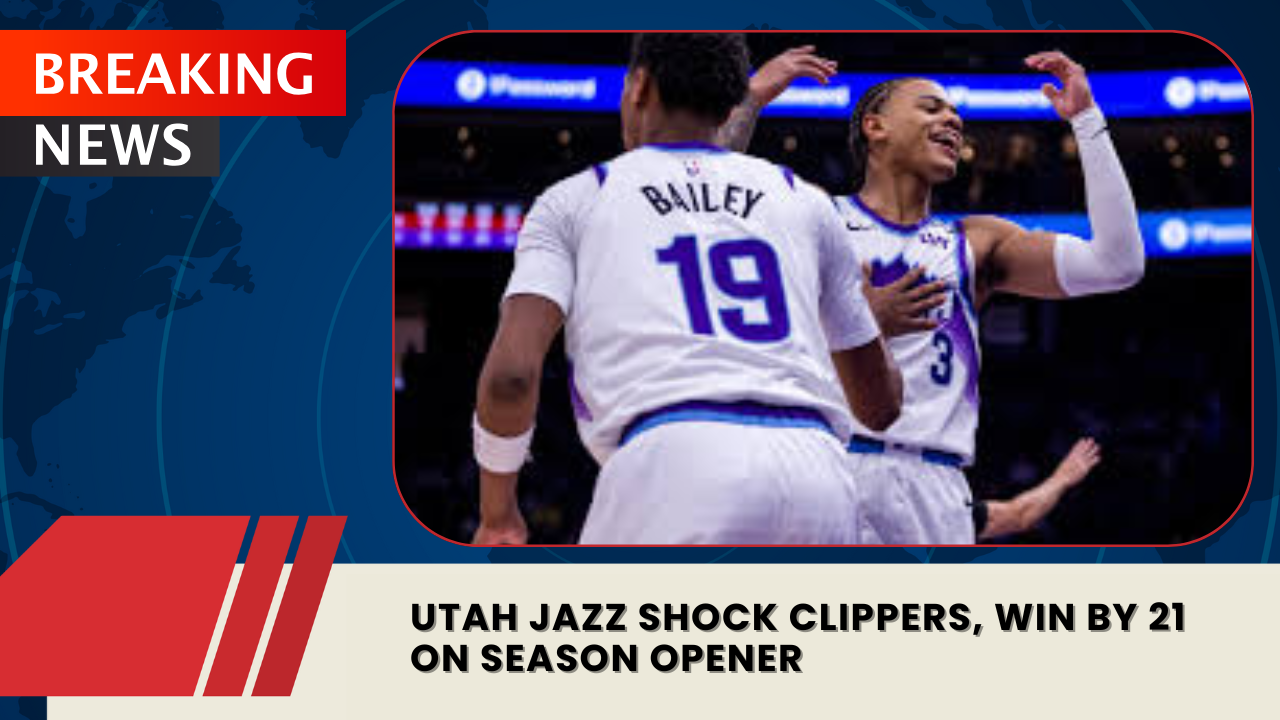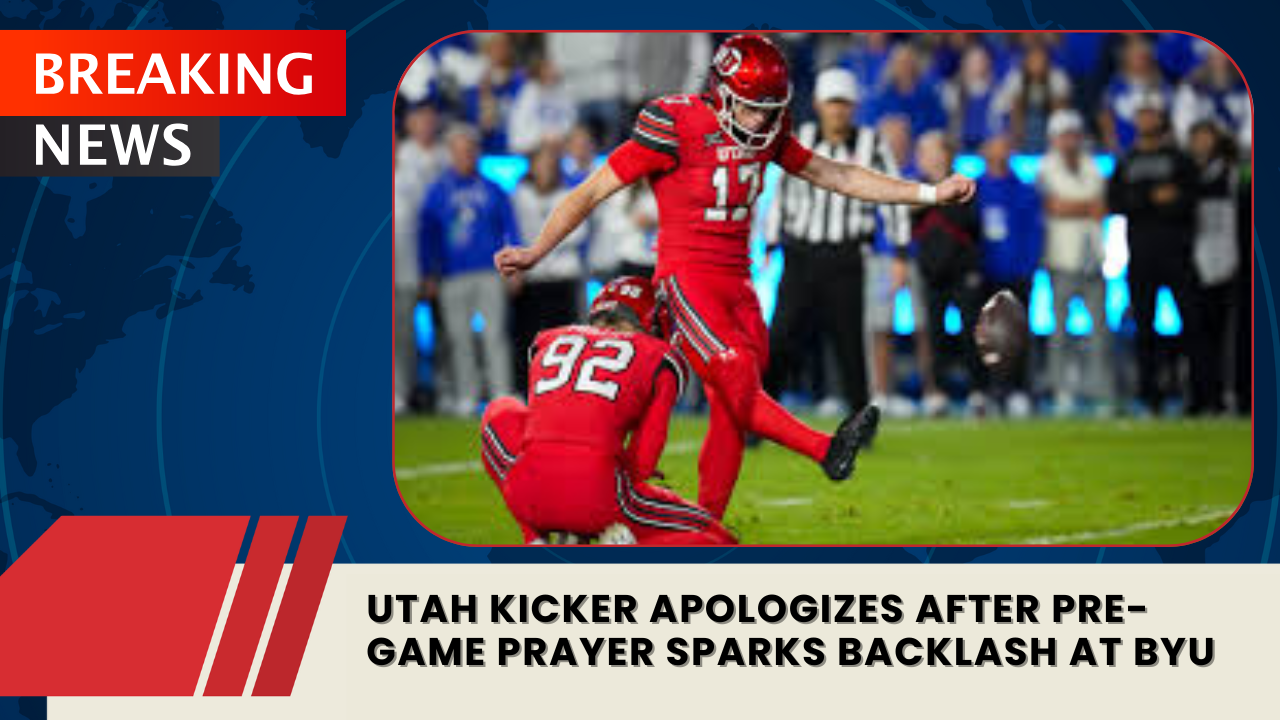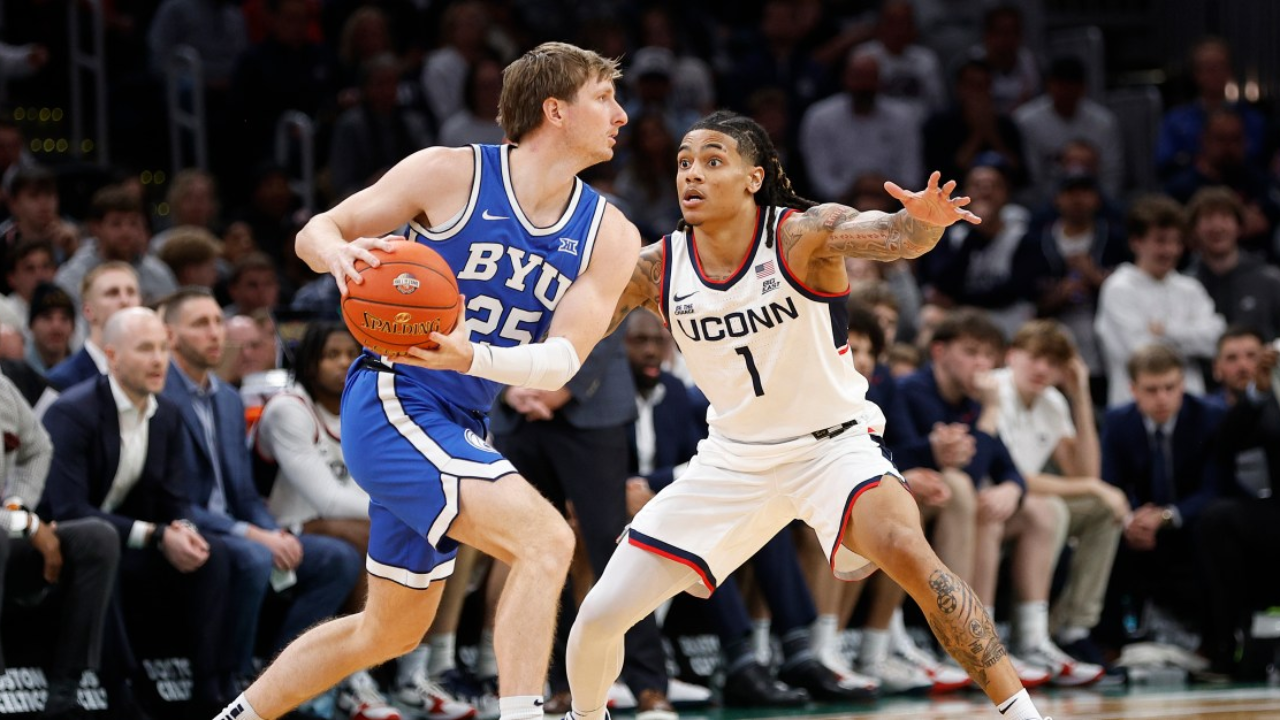The Utah Jazz opened the 2025–26 season with their largest home-opener win in franchise history, blasting the LA Clippers 129–108 in a wire-to-wire performance that once ballooned to a 37-point lead. Preseason projections pegged Utah near the bottom of the West and the Clippers among the elite, which made the dominance even more striking. Coach Will Hardy called it a complete team effort and the tape backs him up across pace, shot quality, and rim defense.
Utah’s youth turned into a weapon, not a weakness. The Jazz played earlier in the clock, beat the Clippers to 50–50 balls, and turned long rebounds into quick-hitting actions rather than resets. That energy let Utah dictate tempo, while an older Clippers core struggled to keep up.
Hardy’s retooled offense hummed. The point guard’s job description was simple and smart: initiate and then flow to the real decision-makers. With Lauri Markkanen, Kyle Filipowski, and even Walker Kessler operating at the elbows and top of the key, Utah spammed split cuts, slips, and pop actions that forced confused help. The result was a stream of high-value looks—Markkanen rim cuts, Kessler lobs, and Filipowski pick-and-pop threes—without overtaxing any one ball handler.
Markkanen’s gravity bent the floor. As the primary scouting-line item, his movement pulled multiple defenders and opened clean windows elsewhere. His unique blend of volume three-point shooting and vertical finishing remains the engine that makes Hardy’s split-action packages punishing.
The starting five choices fit the plan. Filipowski got the nod over Taylor Hendricks to maximize spacing and connective passing, and Svi Mykhailiuk started on the wing while Ace Bailey played through an illness-related minutes cap. The staff kept Brice Sensabaugh in a sixth-man role to juice bench offense, a look likely to stick as the rotation settles.
Walker Kessler’s growth popped on both ends. The third-year center flashed new passing reads, hit his first two threes of the season, and anchored the back line with more poised verticality. The contract-year clock can wait; if this is the new baseline, his value just climbed.
Keyonte George showed maturity. One early-career flaw—chasing mistakes with hero ball—was absent. He kept the offense on schedule after defensive miscues, picked his spots, and looked in command of Hardy’s structure throughout.
Utah’s defense walled off the paint. Last season’s layup line was replaced by timely tags and rotations that turned drives into contested kick-outs. Forced into plan B, the Clippers shot roughly a third from deep and never found rhythm. The Jazz also mixed in length at the nail to bother mid-post touches and stall pick-and-roll tempo.
Role clarity helped the rest fall into place. Hendricks showed a mid-range floater and straight-line drives in controlled doses. Cody Williams, limited to late minutes, remains a development track project with shooting to build. As health improves, Isaiah Collier and a fully fit Bailey should tighten the guard and wing minutes.
The building felt like old times. A loud Delta Center crowd, free purple T-shirts on every seat, and a pregame jersey swap set a tone that matched the on-court joy. Even a midgame quip about a fan choosing Boise as a prize destination underscored a night when the vibes finally flipped back to fun.
The schedule offers opportunity. After Sacramento and Phoenix, Utah sees Portland, Phoenix again, and Charlotte. If the defense and early-offense habits travel, a second straight hot start is on the table.
Bottom line. Between schematic coherence, improved center playmaking, and a youthful roster that plays fast without rushing, the Jazz found a blueprint that scales. Opening night was more than an upset; it was a proof of concept.



